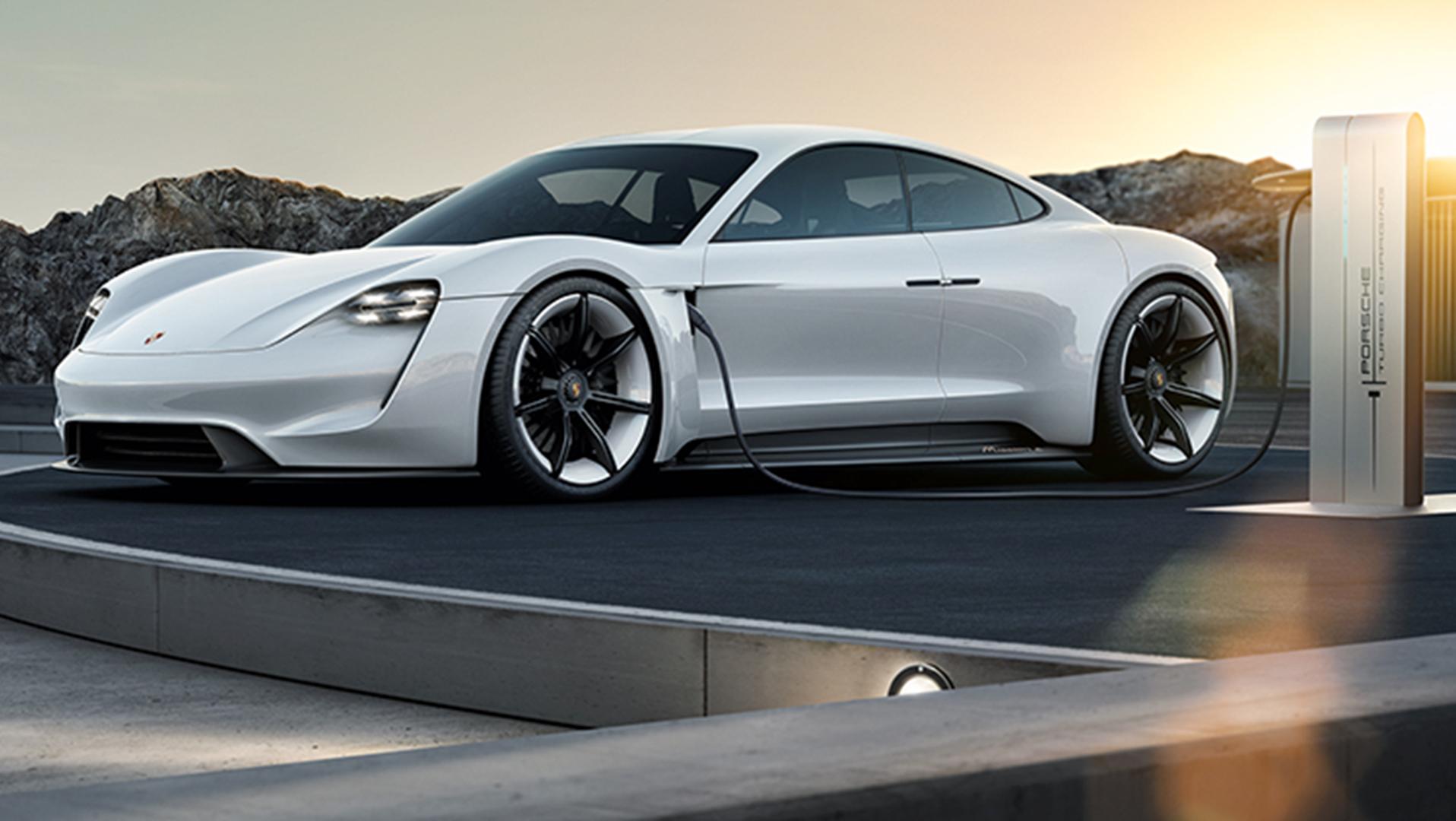
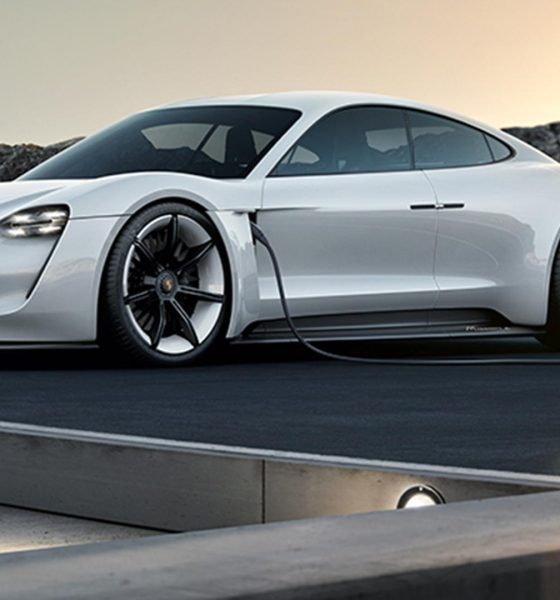
News
Porsche seems to be adapting elements of Tesla’s Supercharger Network for the Taycan
There are several legacy automakers coming up with vehicles designed to compete against Tesla in the premium electric car segment. Among them, the company that appears to be putting the most effort into its EV push is Porsche, as the automaker is now setting the stage for the release of its first all-electric car — the Taycan, formerly known as the Mission E sedan.
Initially unveiled as a stunning concept car at the 2015 Frankfurt Motor Show, the Taycan instantly attracted a lot of attention and interest among electric car enthusiasts. Unlike other car manufacturers like Jaguar and its impressive I-PACE compact SUV (which does not have a dedicated charging infrastructure), Porsche is putting a lot of effort into making sure that the Taycan becomes a viable alternative to gas-powered vehicles when it gets released. One of these initiatives is the IONITY network, an ultra-fast charging solution being developed with other legacy car companies like Volkswagen and BMW.
In a recent update on its official website, Porsche revealed that it would be rolling out its own dedicated fast-charging solution for the Taycan and its other upcoming all-electric vehicles. The article, which involved an interview with Otmar Bitsche, Director of Development Electrics, Electronics, Electromobility at Porsche and Michael Kiefer, Director of High-Voltage Systems at Porsche Engineering, featured some interesting insights into the company’s efforts at developing Charging Parks, a system that does not seem very different from the Supercharger Network being utilized by Tesla.
Bitsche notes that with the current charging systems in the market, “complicated payment modalities and extremely variable energy prices is a real barrier to the acceptance of electromobility.” This creates an inefficient charging system that becomes a nuisance for electric car drivers. Kiefer described Porsche’s solution to this problem in a statement.
“Someone who wants to drive from Munich to Hamburg in an electric vehicle today needs multiple cards with which they have to authenticate themselves at the charging stations. Porsche eliminates this authentication rigmarole for customers by establishing contracts with all of the charging station operators, so the customer only needs one charging card that is accepted everywhere. And they can also count on a guaranteed electricity price that applies throughout the entire country. Customers of the Porsche charging service ultimately receive just one transparent bill from Porsche,” he said.
Porsche’s response to long-distance charging challenges, apart from its participation in the IONITY network, is the Charging Park. Porsche notes that the Charging Park concept is designed to make charging effortless for electric car owners, in the way that they are placed in strategic locations and are available 24/7. The legacy automaker also mentioned the ChargeBox, a charging solution that could be installed in cities and areas that could not accommodate a Charging Park.
“We have invested a great deal of effort in the issue of user-friendliness. Our charging stations even look different than the predominant ones seen today. They aid the customer through a design that guides the cable cleanly. We’ve also designed the overall system for the lowest possible power loss. That pay-off in terms of operating costs and the potential operator of the Park stands to save a lot of money.
“We have two different variants, the Charging Park and the ChargeBox. The Park is designed for locations with more available space in which a very high volume of charges is to be expected, 24 hours a day, seven days a week. With a small compact station, however, a charging park is possible in the city as well, for example in a residential area. For all areas with extreme space constraints, there is our second variant, the ChargeBox with an integrate battery. It can be connected to the normal low-voltage grid and enables fast charging in spite of its compact dimensions.”
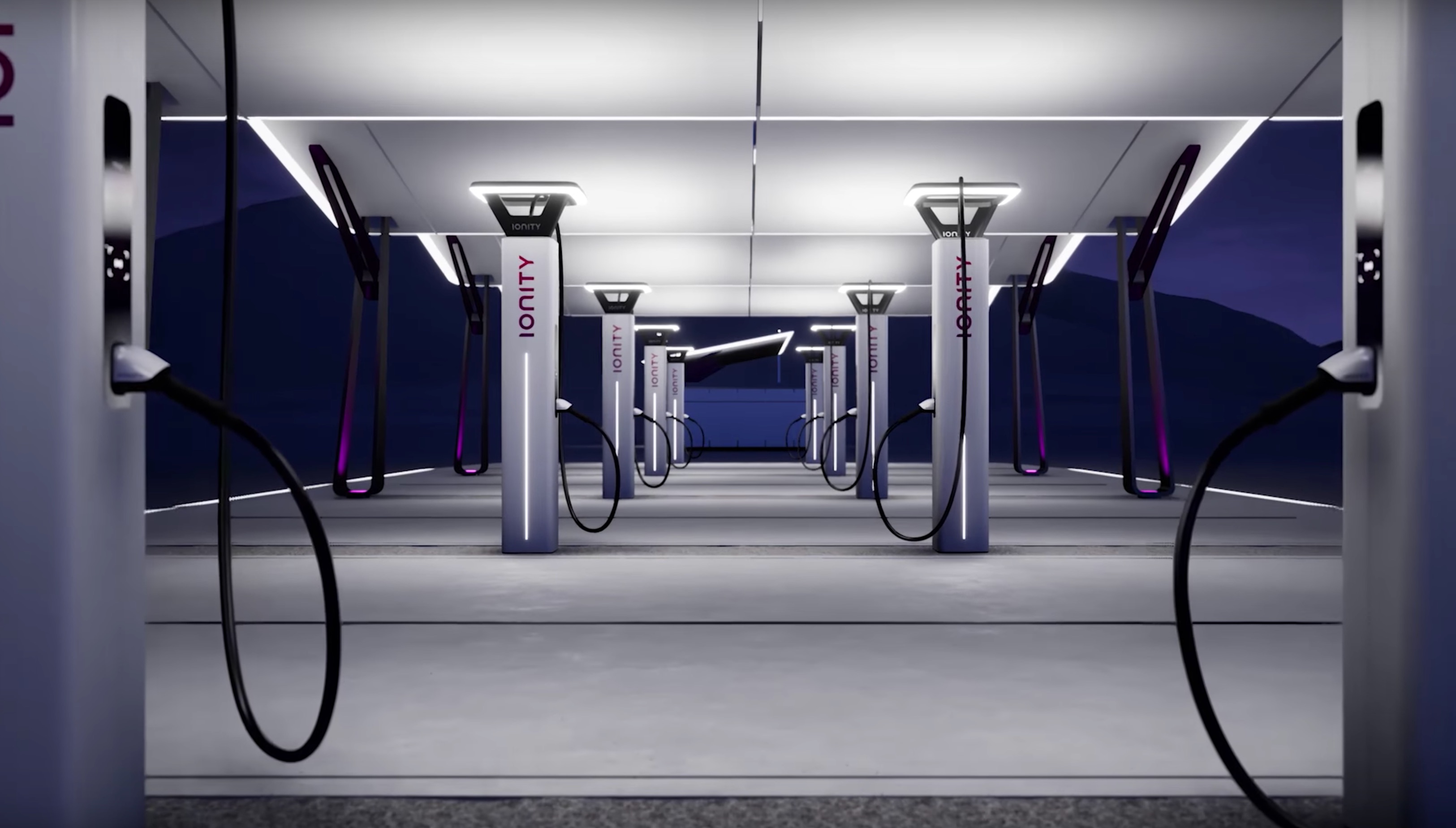
In true Porsche style, its electric cars’ charging system is designed for speed. With the Taycan, for example, the complany plans to equip the vehicle with an 800-volt battery optimized for ultra-fast charging. The Taycan could recharge at speeds of up to ~350 kW through the IONITY network and similar systems, far beyond the ~120 kW offered by Tesla’s current-generation Superchargers.
Overall, Porsche’s decision to focus on a charging network to support its upcoming electric vehicles is a strategic move that can pay off in spades. A dedicated charging system, after all, makes a big difference in the ownership experience of electric cars. Model S, X, and 3 owners, for one, would point to the Supercharger Network as one of the biggest benefits of owning a Tesla, considering that the system enables true long-distance travel. With this in mind, it is quite encouraging to see legacy automakers such as Porsche adopting a rather similar concept for their own vehicles.
Porsche expects to start the production of the Taycan to begin sometime in 2019, though pre-orders for the vehicle could now be filed in the United States and other selected territories. Production of the electric car is expected to be held at the company’s Zuffenhausen facility in Stuttgart, Germany, where it manufactures the Porsche 911, 718 Boxster, and the 718 Cayman. The company plans to roll out 20,000 Taycans per year when the vehicle enters production.

News
Tesla Insurance officially expands to new U.S. state
Tesla’s in-house Insurance program first launched back in late 2019, offering a new way to insure the vehicles that was potentially less expensive and could alleviate a lot of the issues people had with claims, as the company could assess and repair the damage itself.
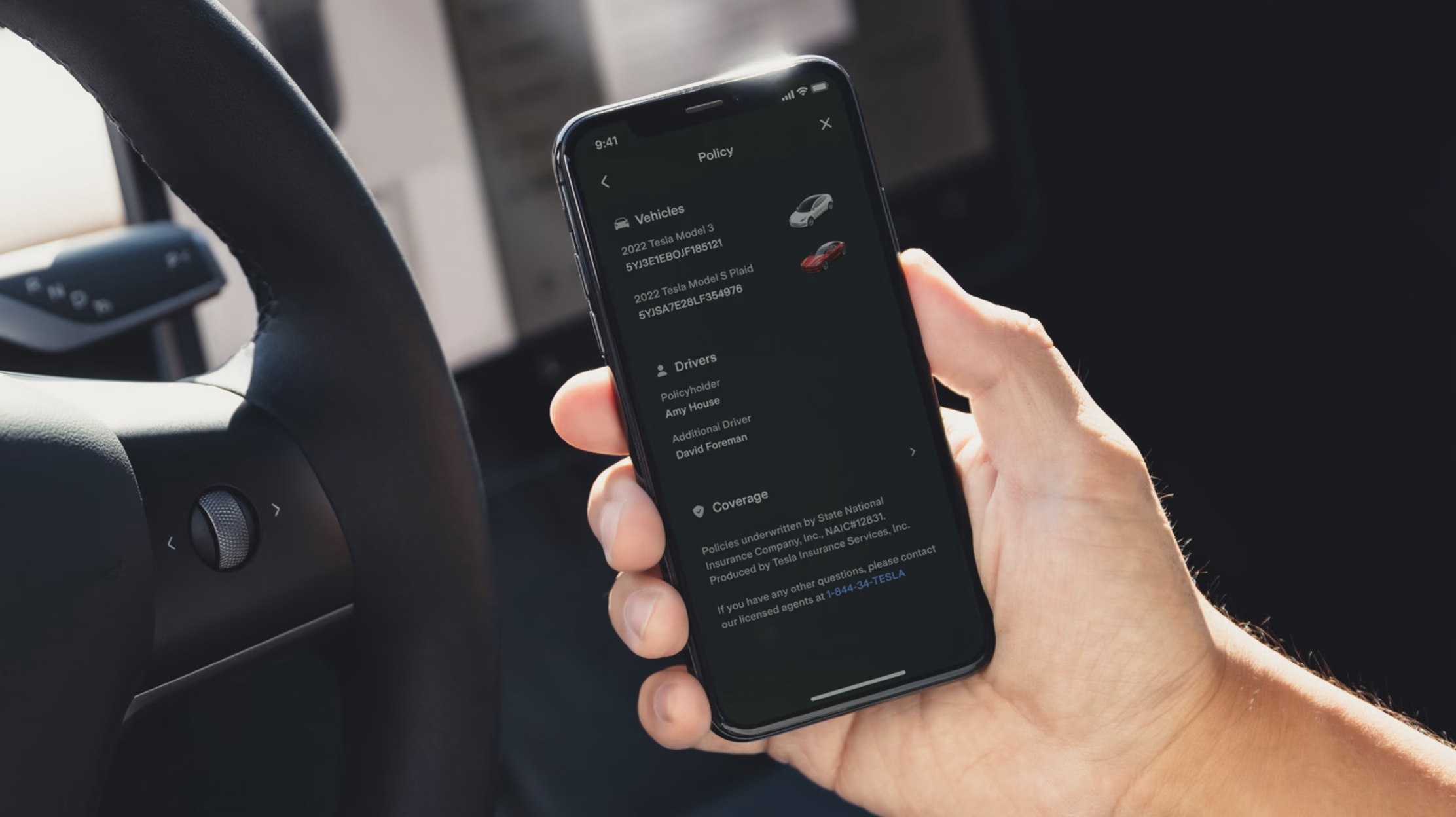
Tesla Insurance has officially expanded to a new U.S. state, its thirteenth since its launch in 2019.
Tesla has confirmed that its in-house Insurance program has officially made its way to Florida, just two months after the company filed to update its Private Passenger Auto program in the state. It had tried to offer its insurance program to drivers in the state back in 2022, but its launch did not happen.
Instead, Tesla refiled the paperwork back in mid-October, which essentially was the move toward initiating the offering this month.
BREAKING: Tesla Insurance has just officially launched in Florida.
This is the first new state to receive @Tesla Insurance in more than 3 years. In total, Tesla insurance is now available in 13 U.S. states (map in thread below of all the states).
Tesla Insurance in Florida uses… pic.twitter.com/bDwh1IV6gD
— Sawyer Merritt (@SawyerMerritt) December 17, 2025
Tesla’s in-house Insurance program first launched back in late 2019, offering a new way to insure the vehicles that was potentially less expensive and could alleviate a lot of the issues people had with claims, as the company could assess and repair the damage itself.
It has expanded to new states since 2019, but Florida presents a particularly interesting challenge for Tesla, as the company’s entry into the state is particularly noteworthy given its unique insurance landscape, characterized by high premiums due to frequent natural disasters, dense traffic, and a no-fault system.
Annual average premiums for Florida drivers hover around $4,000 per year, well above the national average. Tesla’s insurance program could disrupt this, especially for EV enthusiasts. The state’s growing EV adoption, fueled by incentives and infrastructure development, aligns perfectly with Tesla’s ecosystem.
Moreover, there are more ways to have cars repaired, and features like comprehensive coverage for battery damage and roadside assistance tailored to EVs address those common painpoints that owners have.
However, there are some challenges that still remain. Florida’s susceptibility to hurricanes raises questions about how Tesla will handle claims during disasters.
Looking ahead, Tesla’s expansion of its insurance program signals the company’s ambition to continue vertically integrating its services, including coverage of its vehicles. Reducing dependency on third-party insurers only makes things simpler for the company’s automotive division, as well as for its customers.
News
Tesla Full Self-Driving gets sparkling review from South Korean politician
“Having already ridden in an unmanned robotaxi, the novelty wasn’t as strong for me, but it drives just as well as most people do. It already feels like a completed technology, which gives me a lot to think about.”
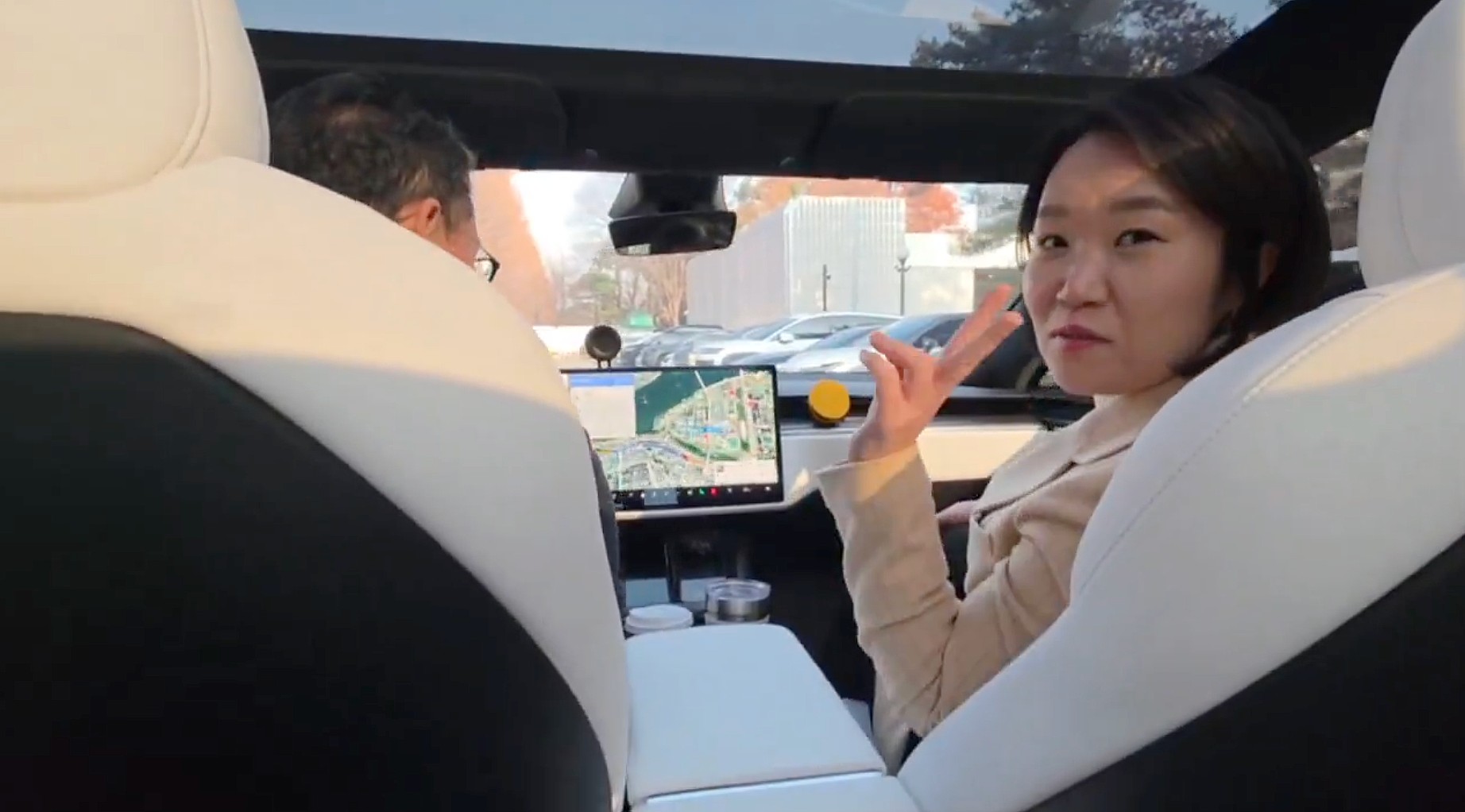
Tesla Full Self-Driving got its first sparkling review from South Korean politician Lee So-young, a member of the country’s National Assembly, earlier this week.
Lee is a member of the Strategy and Finance Committee in South Korea and is a proponent of sustainable technologies and their applications in both residential and commercial settings. For the first time, Lee was able to utilize Tesla’s Full Self-Driving technology as it launched in the country in late November.
Her thoughts on the suite were complimentary to the suite, stating that “it drives just as well as most people do,” and that “it already feels like a completed technology.”
드디어 오늘, 서울에서 테슬라 FSD 체험 했습니다.
JiDal Papa님의 모델S 협찬에 힘입어^^ 파파님 정말 감사합니다.
국회 -> 망원시장 -> 홍익대 -> 국회 복귀 코스였고요.
이미 무인 로보택시를 타봐서 그런지 신기함은
덜했지만, 웬만한 사람만큼 운전을 잘하네요.이미 완성된 기술이라고… pic.twitter.com/8pAidHBpRG
— 이소영 국회의원 (Soyoung Lee) (@im_soyounglee) December 17, 2025
Her translated post says:
“Finally, today I got to experience Tesla FSD in Seoul. Thanks to the Model S sponsored by JiDal Papa^^, I’m truly grateful to Papa. The route was from the National Assembly -> Mangwon Market -> Hongik University -> back to the National Assembly. Having already ridden in an unmanned robotaxi, the novelty wasn’t as strong for me, but it drives just as well as most people do. It already feels like a completed technology, which gives me a lot to think about. Once it actually spreads into widespread use, I feel like our daily lives are going to change a lot. Even I, with my license gathering dust in a drawer, don’t see much reason to learn to drive a manual anymore.”
Tesla Full Self-Driving officially landed in South Korea in late November, with the initial launch being one of Tesla’s most recent, v14.1.4.
It marked the seventh country in which Tesla was able to enable the driver assistance suite, following the United States, Puerto Rico, Canada, China, Mexico, Australia, and New Zealand.
It is important to see politicians and figures in power try new technologies, especially ones that are widely popular in other regions of the world and could potentially revolutionize how people travel globally.
News
Tesla dispels reports of ‘sales suspension’ in California
“This was a “consumer protection” order about the use of the term “Autopilot” in a case where not one single customer came forward to say there’s a problem.
Sales in California will continue uninterrupted.”

Tesla has dispelled reports that it is facing a thirty-day sales suspension in California after the state’s Department of Motor Vehicles (DMV) issued a penalty to the company after a judge ruled it “misled consumers about its driver-assistance technology.”
On Tuesday, Bloomberg reported that the California DMV was planning to adopt the penalty but decided to put it on ice for ninety days, giving Tesla an opportunity to “come into compliance.”
Tesla enters interesting situation with Full Self-Driving in California
Tesla responded to the report on Tuesday evening, after it came out, stating that this was a “consumer protection” order that was brought up over its use of the term “Autopilot.”
The company said “not one single customer came forward to say there’s a problem,” yet a judge and the DMV determined it was, so they want to apply the penalty if Tesla doesn’t oblige.
However, Tesla said that its sales operations in California “will continue uninterrupted.”
It confirmed this in an X post on Tuesday night:
This was a “consumer protection” order about the use of the term “Autopilot” in a case where not one single customer came forward to say there’s a problem.
Sales in California will continue uninterrupted.
— Tesla North America (@tesla_na) December 17, 2025
The report and the decision by the DMV and Judge involved sparked outrage from the Tesla community, who stated that it should do its best to get out of California.
One X post said California “didn’t deserve” what Tesla had done for it in terms of employment, engineering, and innovation.
Tesla has used Autopilot and Full Self-Driving for years, but it did add the term “(Supervised)” to the end of the FSD suite earlier this year, potentially aiming to protect itself from instances like this one.
This is the first primary dispute over the terminology of Full Self-Driving, but it has undergone some scrutiny at the federal level, as some government officials have claimed the suite has “deceptive” naming. Previous Transportation Secretary Pete Buttigieg was vocally critical of the use of the name “Full Self-Driving,” as well as “Autopilot.”








